Global Tailings Management Industry Standard
Release time:
20 Aug,2020
Source:
The Global Tailings Review has published the Global Industry Standard on Tailings Management for existing and upcoming tailings facilities.
The Global Tailings Review Group was initiated by the International Council on Mining and Metals (ICUM), the United Nations Environment Programme (UNEP) and the Principles for Responsible Investment (PRI) to develop international standards for the safer management of tailings storage facilities.
The Global Industry Standard for Tailings Management was developed through an independent process chaired by Dr. Bruno Oberle, supported by a multidisciplinary panel of experts and facilitated by a multi-stakeholder advisory group, following extensive public consultations with affected communities, government representatives, investors, multilateral organizations and mining industry stakeholders. With the goal of zero harm to people and the environment, the standard strives to achieve zero harm to people and the environment from the earliest stages of project conception, greatly improving the industry's standards for achieving strong social, environmental and technological outcomes. It elevates accountability to the highest organizational level and adds new requirements for independent oversight. The standard also establishes clear expectations around global transparency and disclosure requirements, helping to improve stakeholder understanding. The standard makes clear that the extreme human and environmental consequences of a catastrophic failure of a tailings facility are unacceptable. In order to comply with this standard, operators must adopt specific measures to prevent catastrophic failures of tailings facilities and implement best practices in planning, design, construction, operation, maintenance, monitoring, closure and post-closure activities. In general, if there is no conflict with the legal requirements of the jurisdiction in which the tailings facility is located, the regulations should be followed. The standard is structured in logical order rather than chronological order. It is based on an integrated approach to tailings management, which is the primary objective of the Panel. To make the standard structured, it is organized around six themes, 15 principles and 77 auditable requirements. The co-sponsors endorsed the standard and called for widespread and effective implementation across the industry. UN Environment will support governments that wish to incorporate and build on the standard in their national or state legislation and policies. The Principles for Responsible Investment, which represents $103.4 trillion in assets under management, said it would support all mining companies in implementing the standard as investors expect. At the same time, member companies of the International Mining and Metals Association are committed to implementing the standard, allowing for strong on-site verification and third-party evaluation. In addition, a number of industry companies have expressed support for the standard. Barrick Gold, which was involved in the development of the standard, fully endorses the principles embodied in the new standard and believes that this rigorous, independent, multi-stakeholder review will improve tailings management practices across the industry and reduce the potentially catastrophic risks to people and the environment from tailings dam failures. Gold Fields welcomes the introduction of the standard, which it believes strengthens current practices in the mining industry by integrating social, environmental, local economic and technical considerations, and covers the entire life cycle of a tailings facility-from project conception, planning and design, through operation and ongoing construction, through to and post-closure.
References:
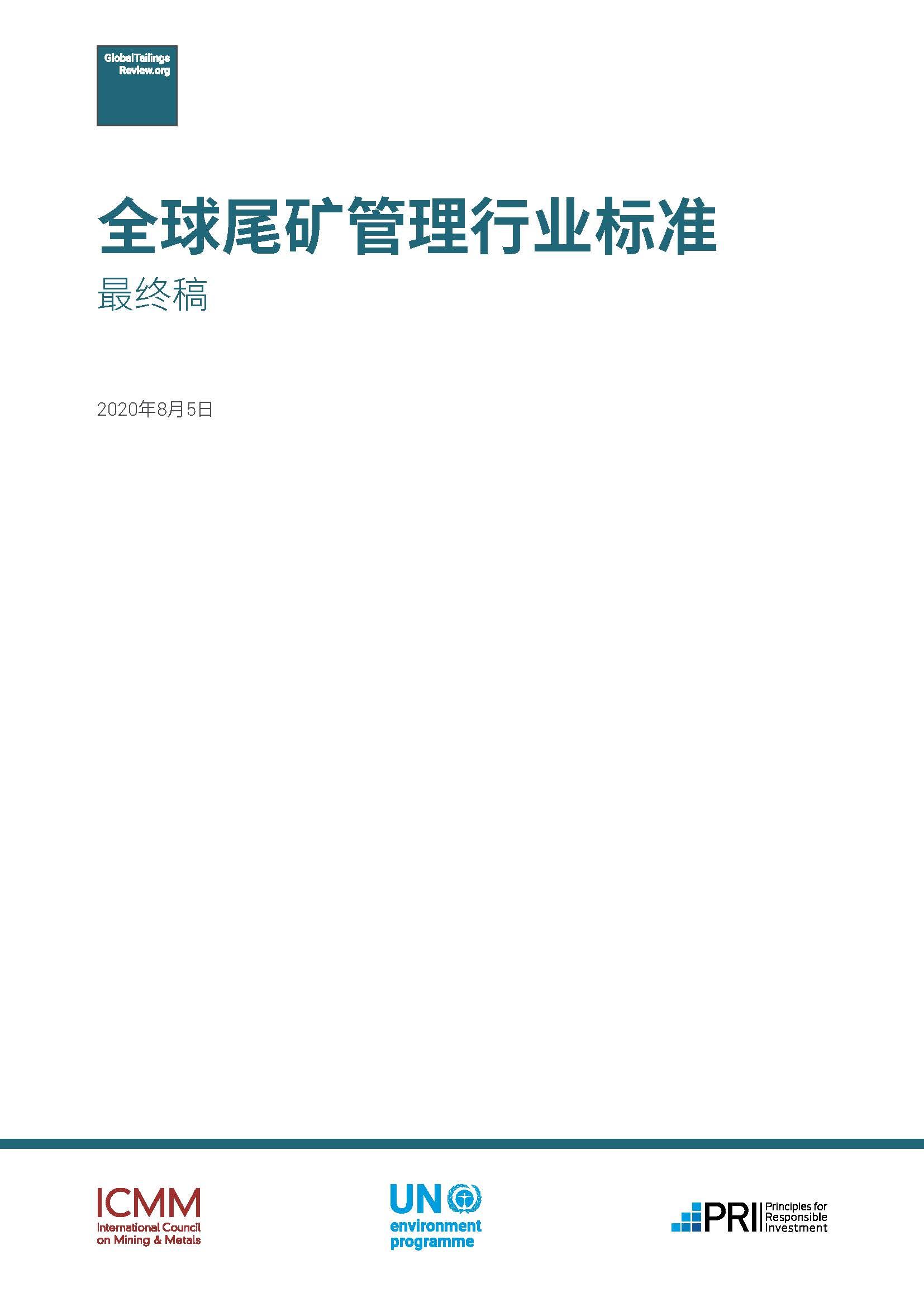


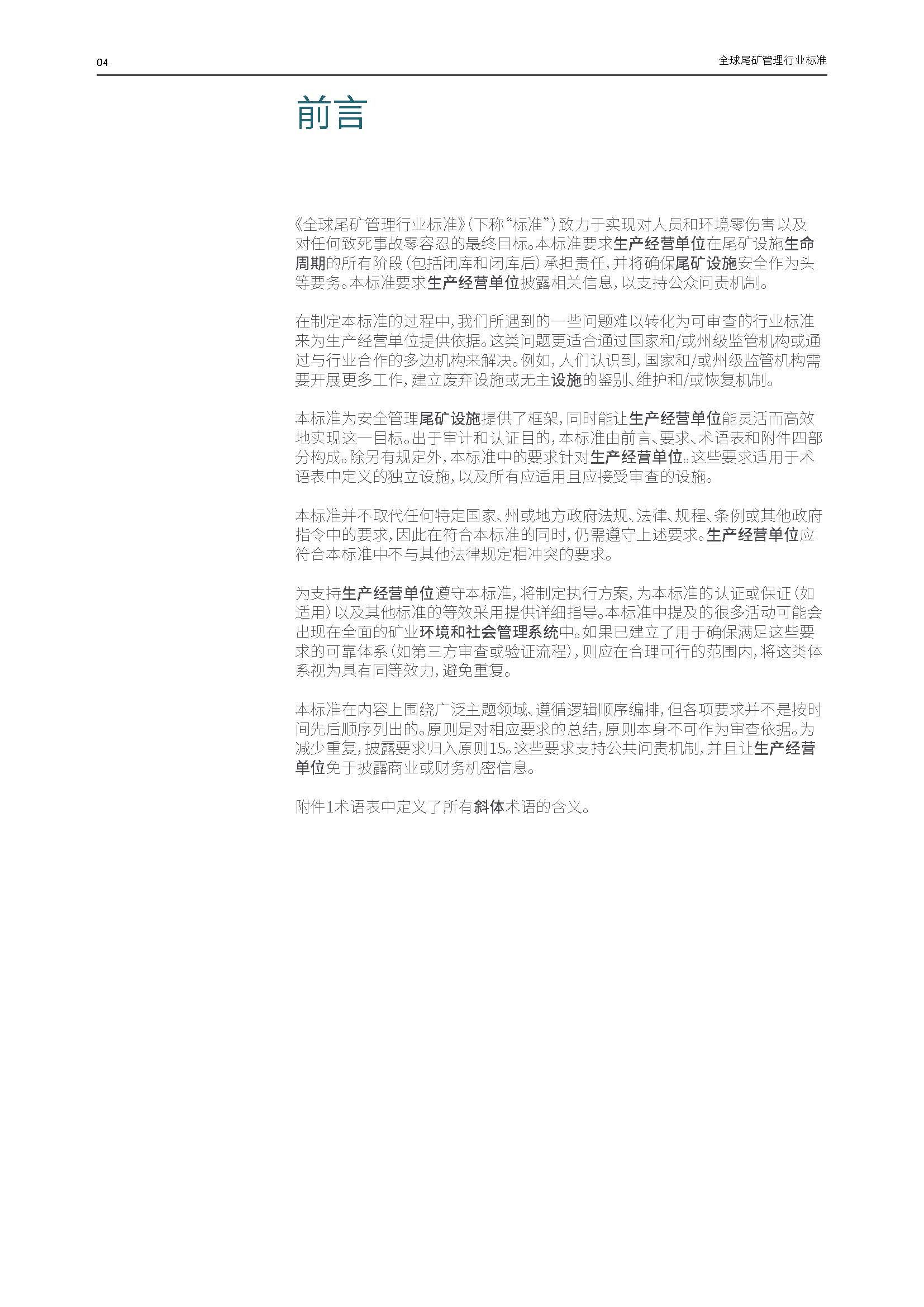
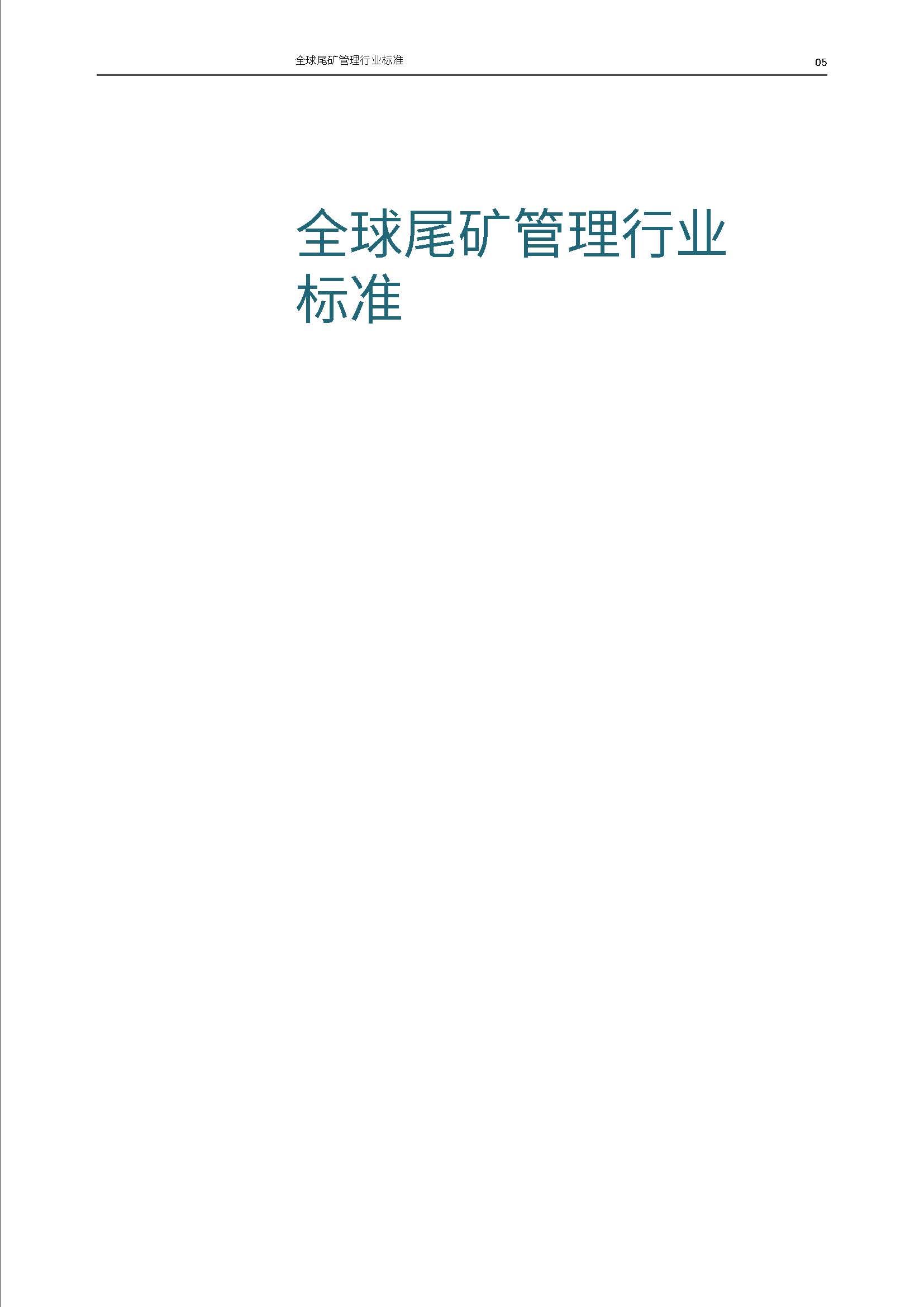
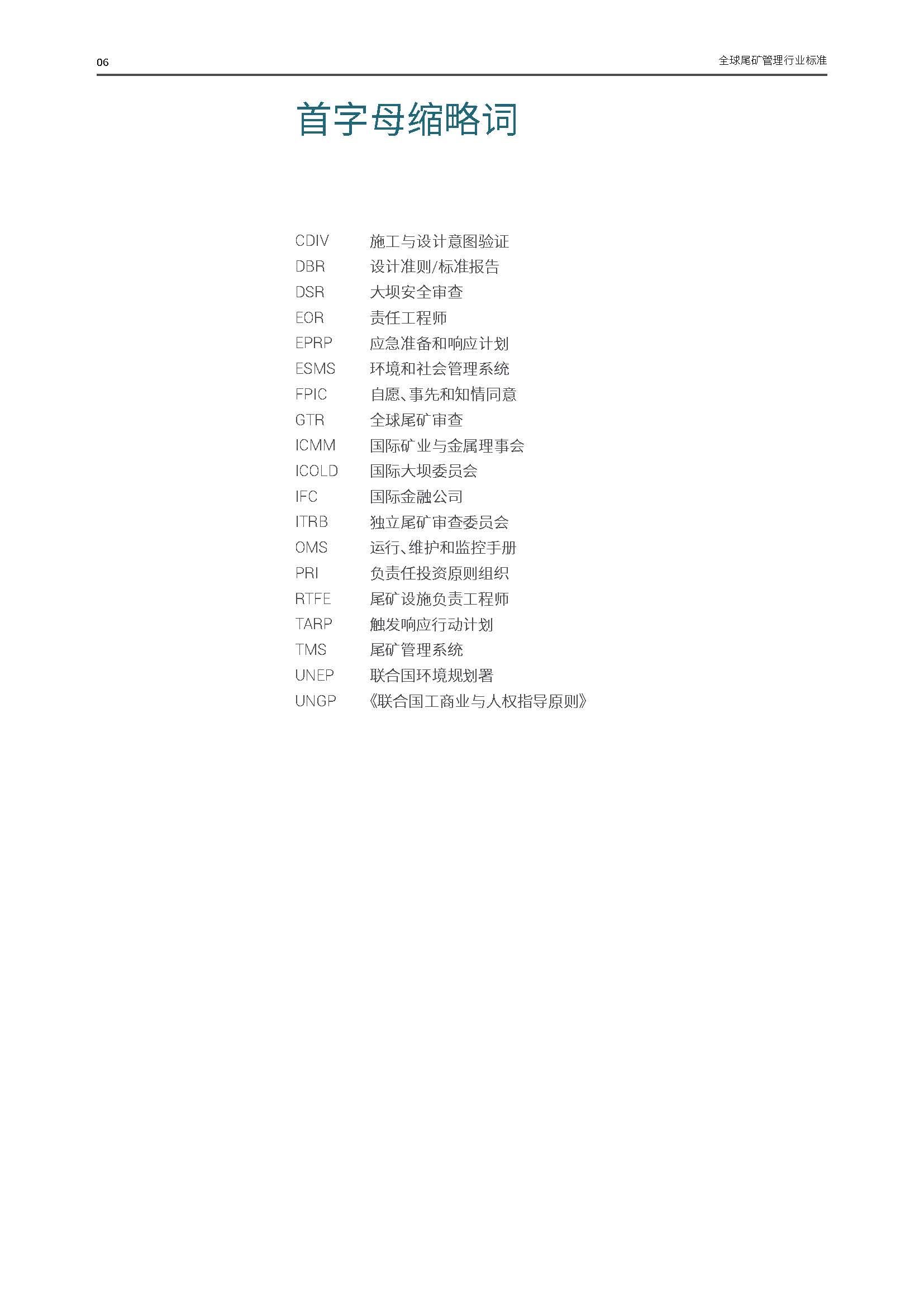
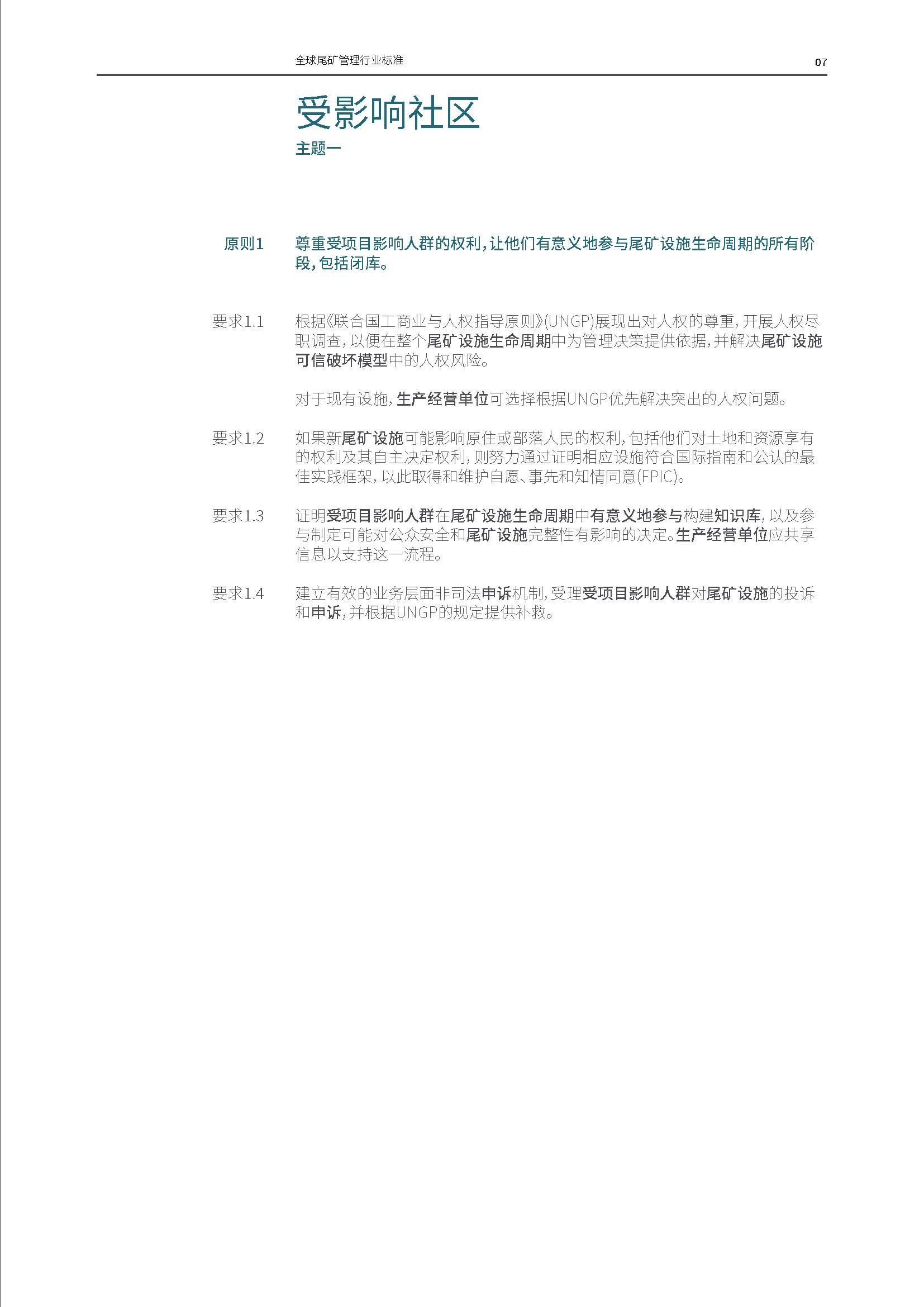
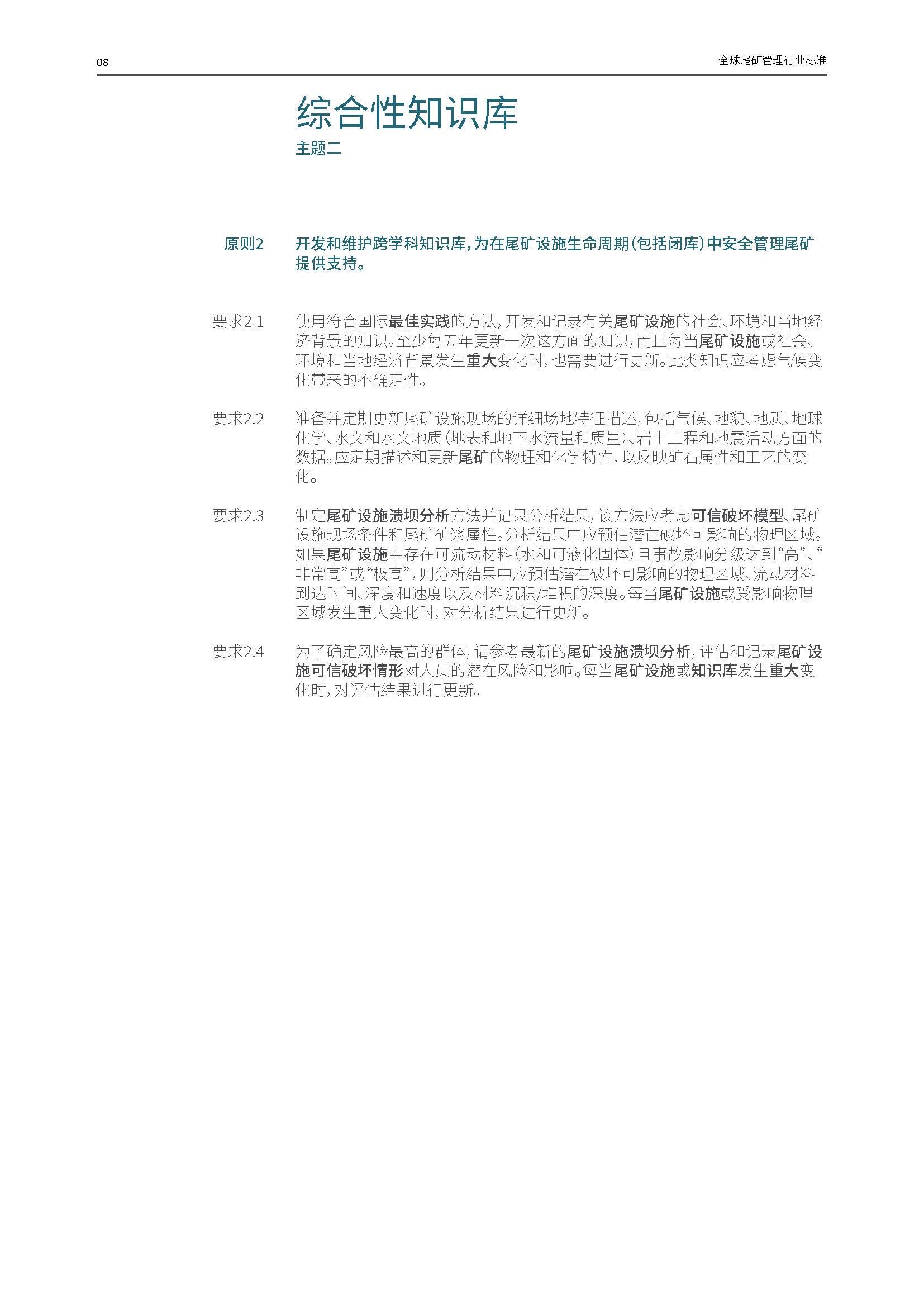
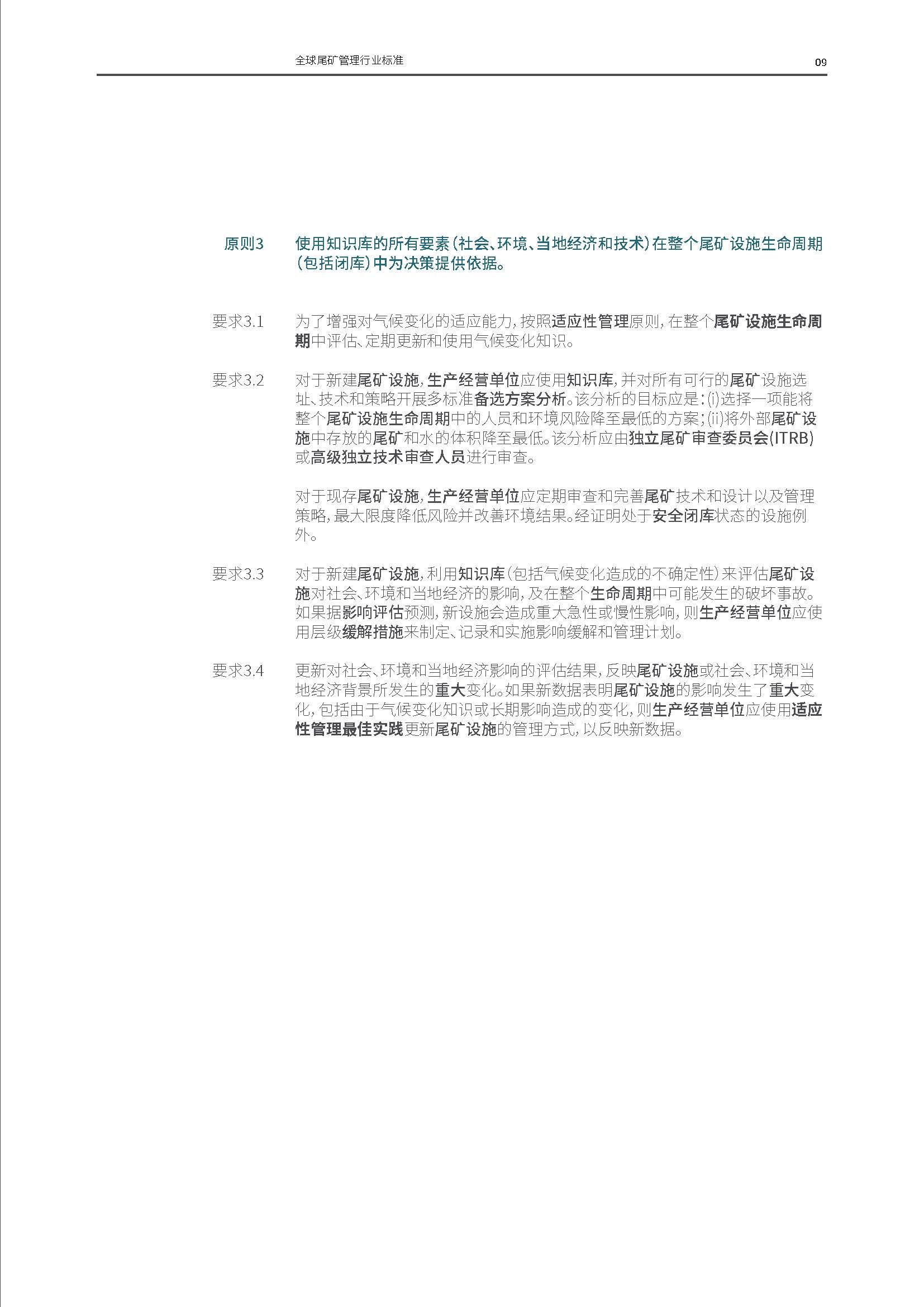
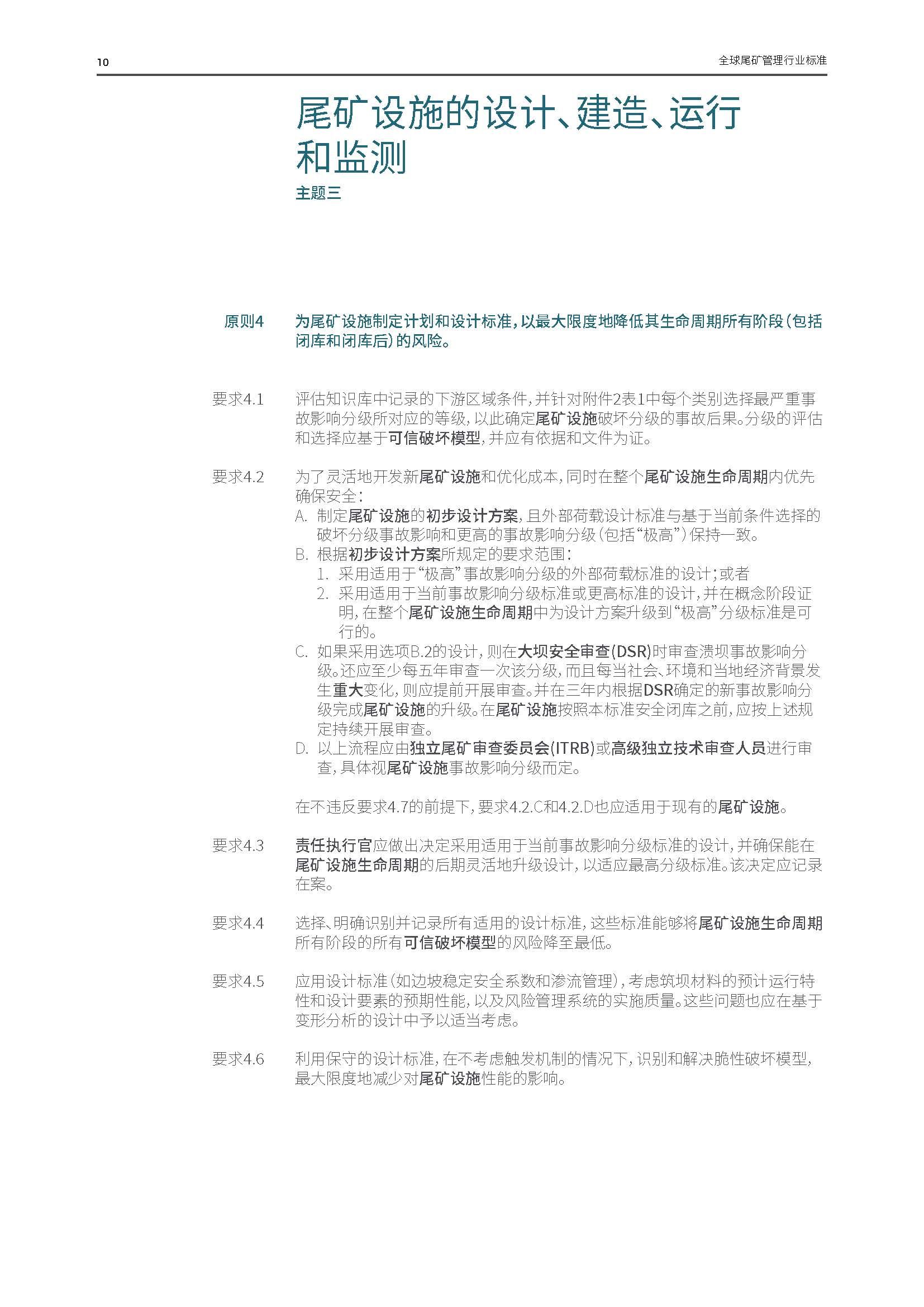

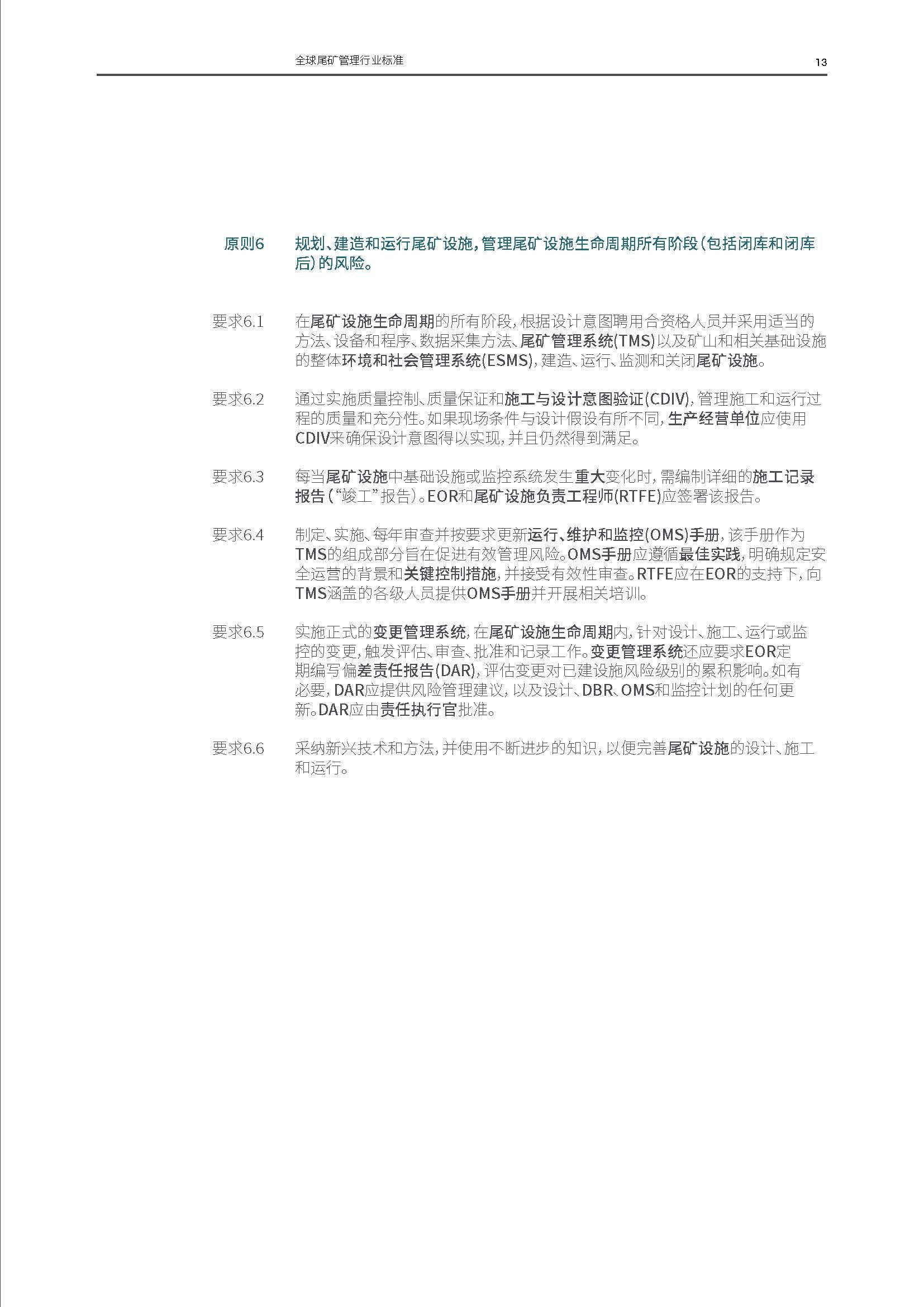

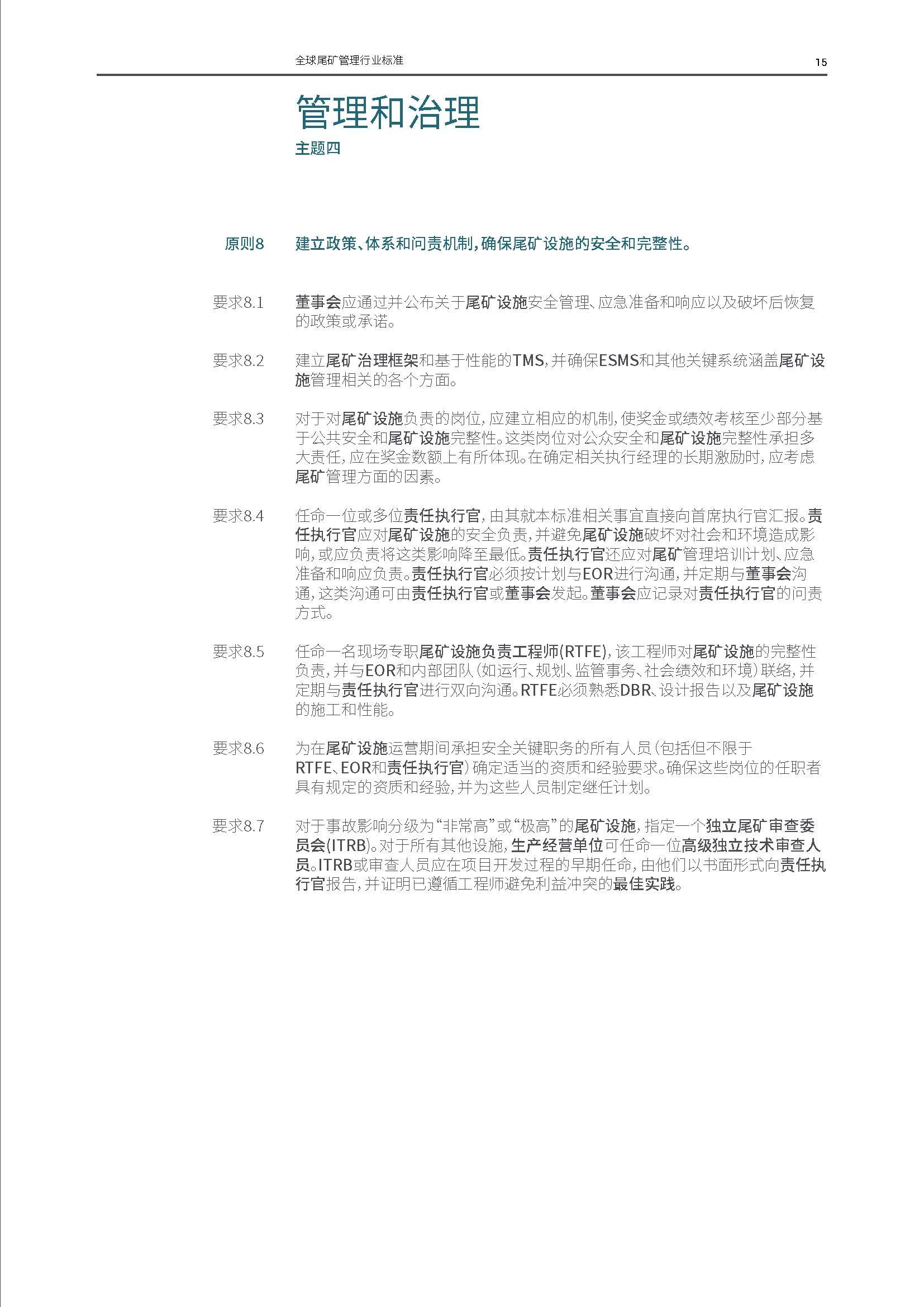

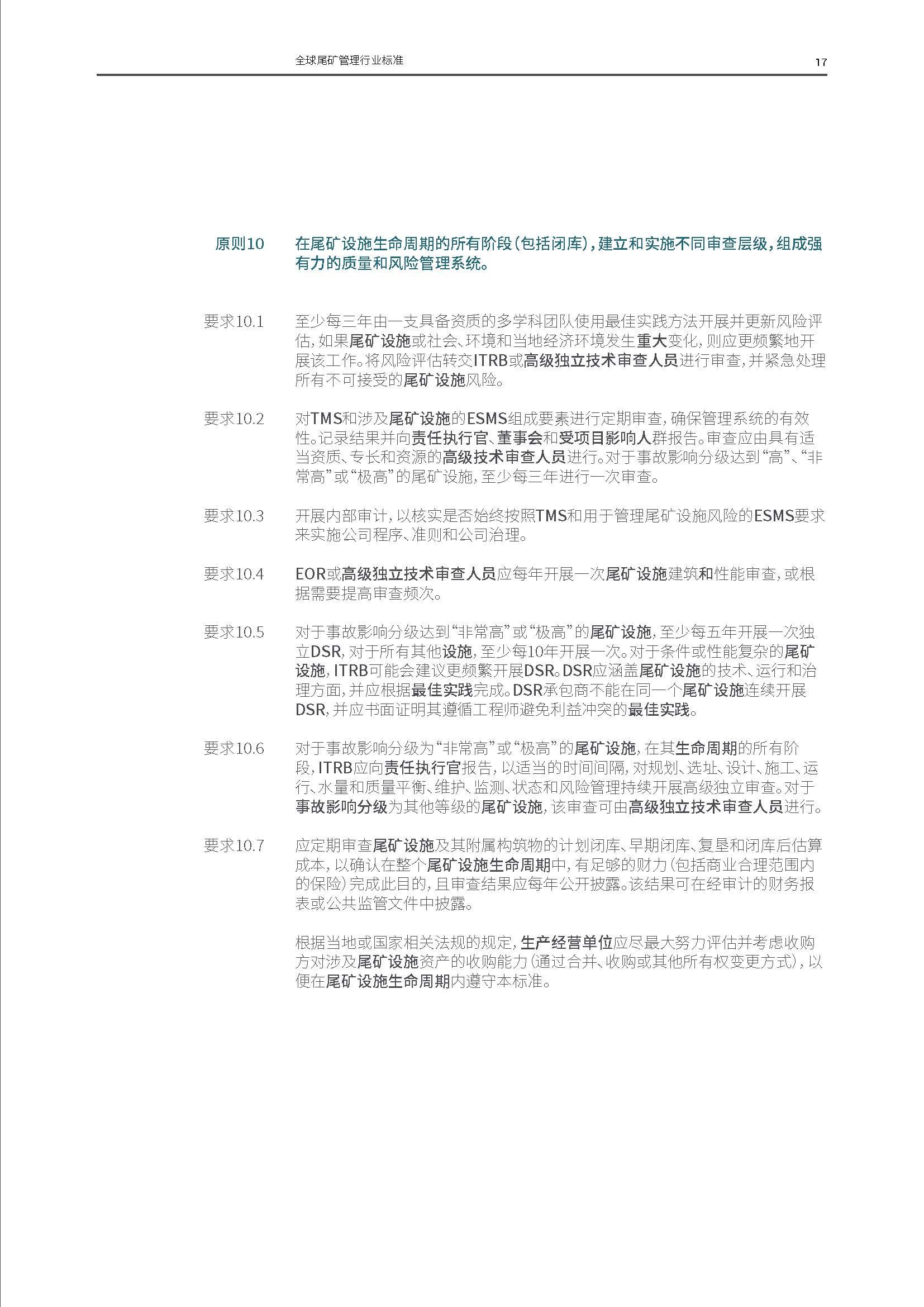
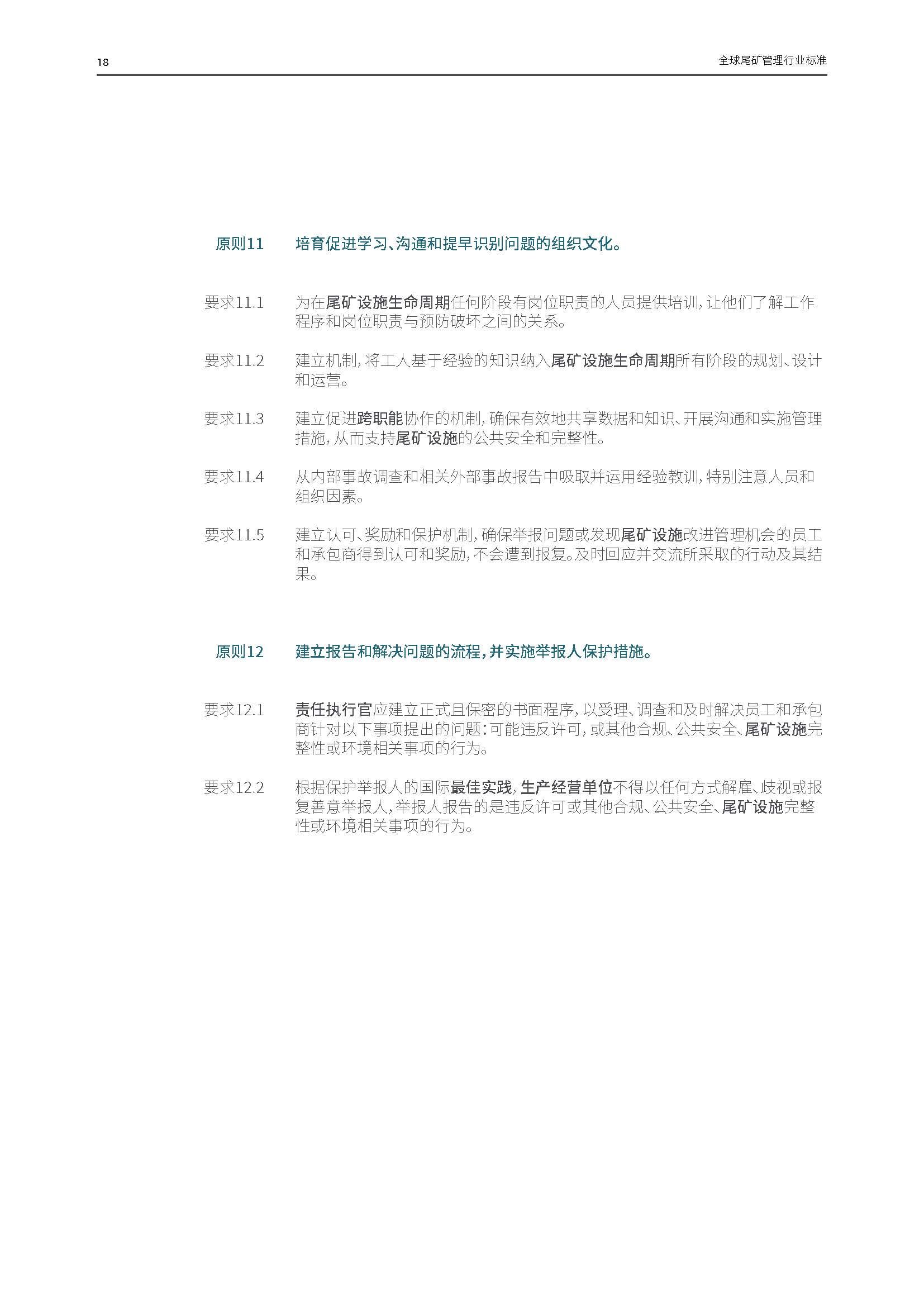
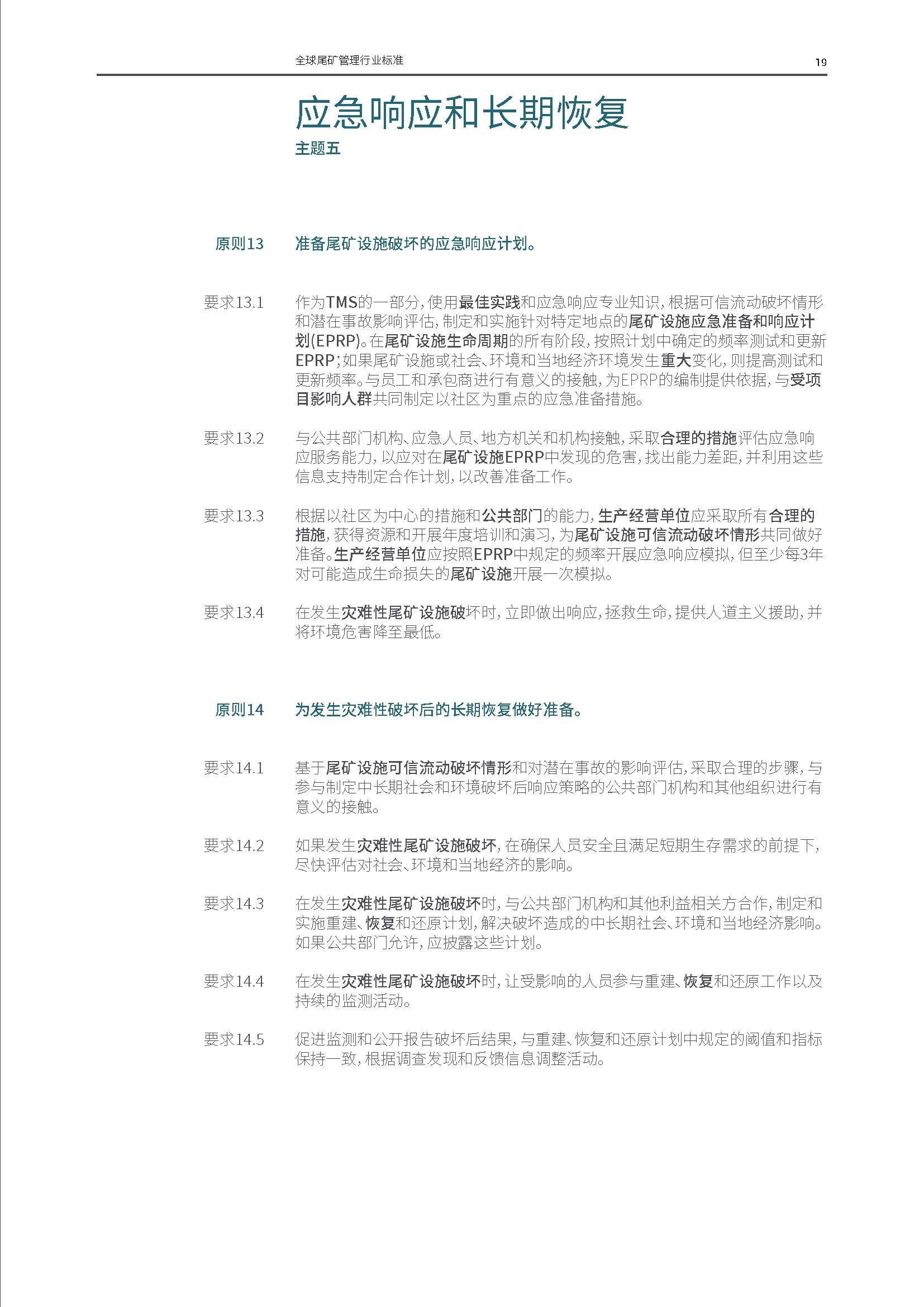

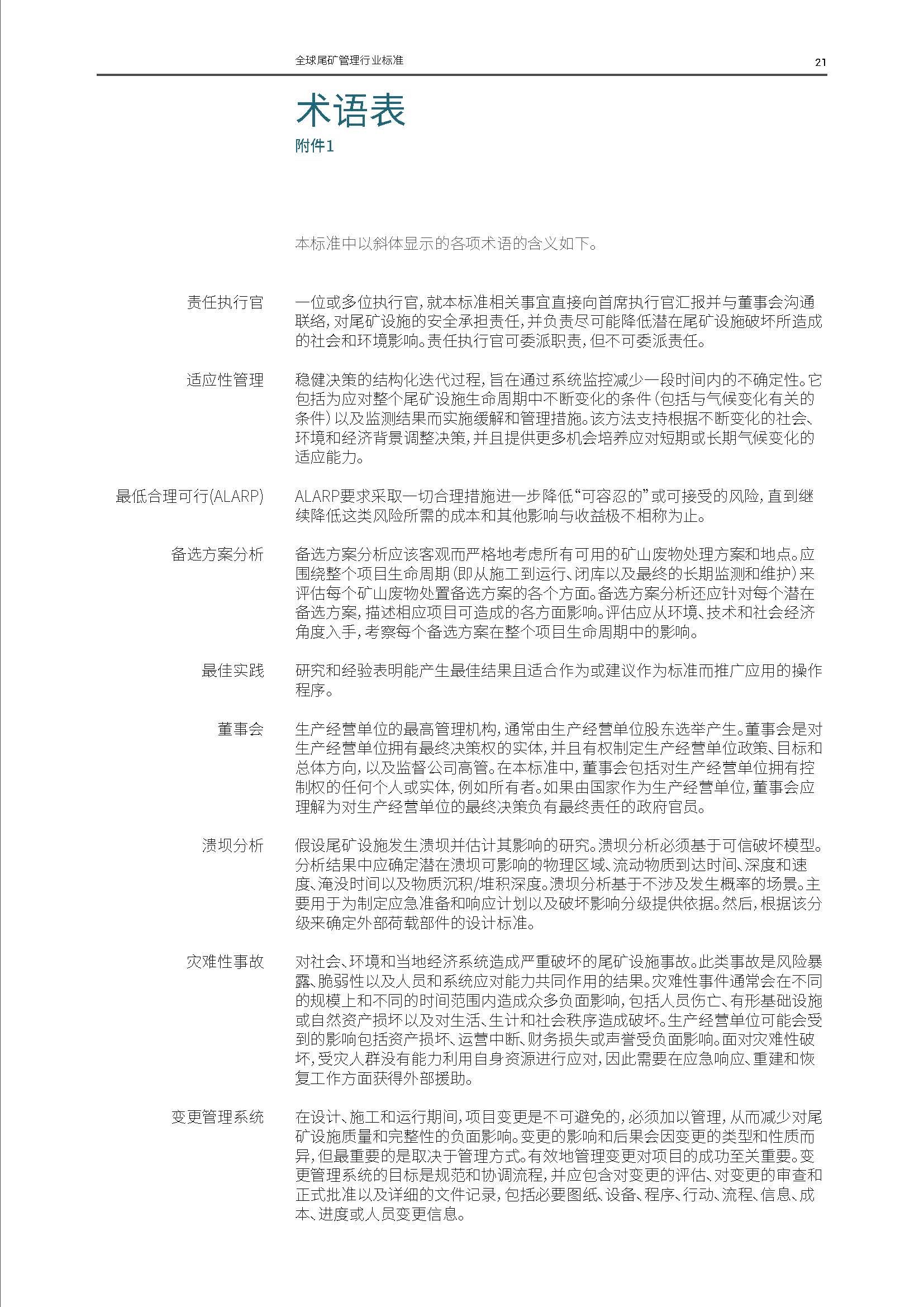
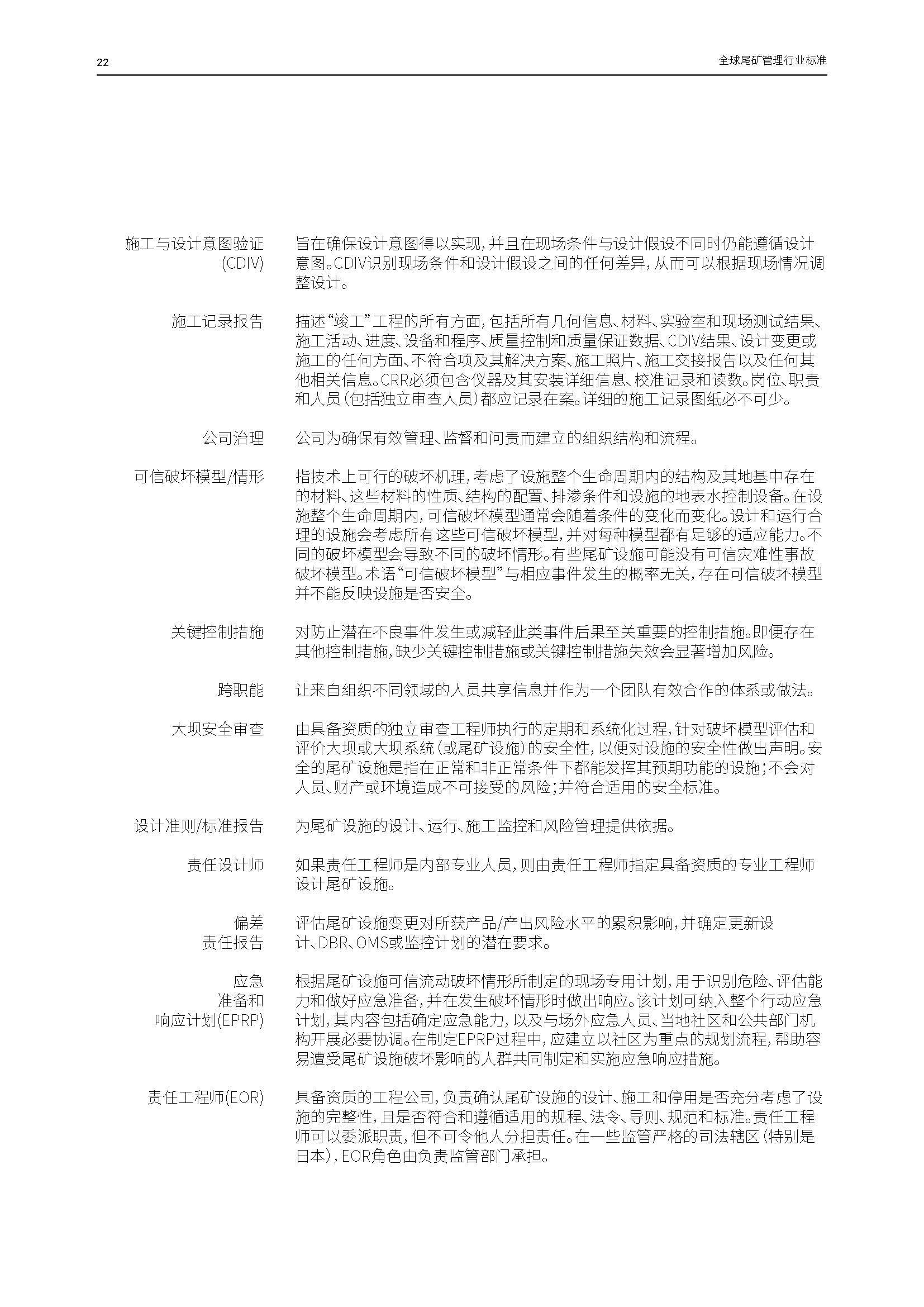
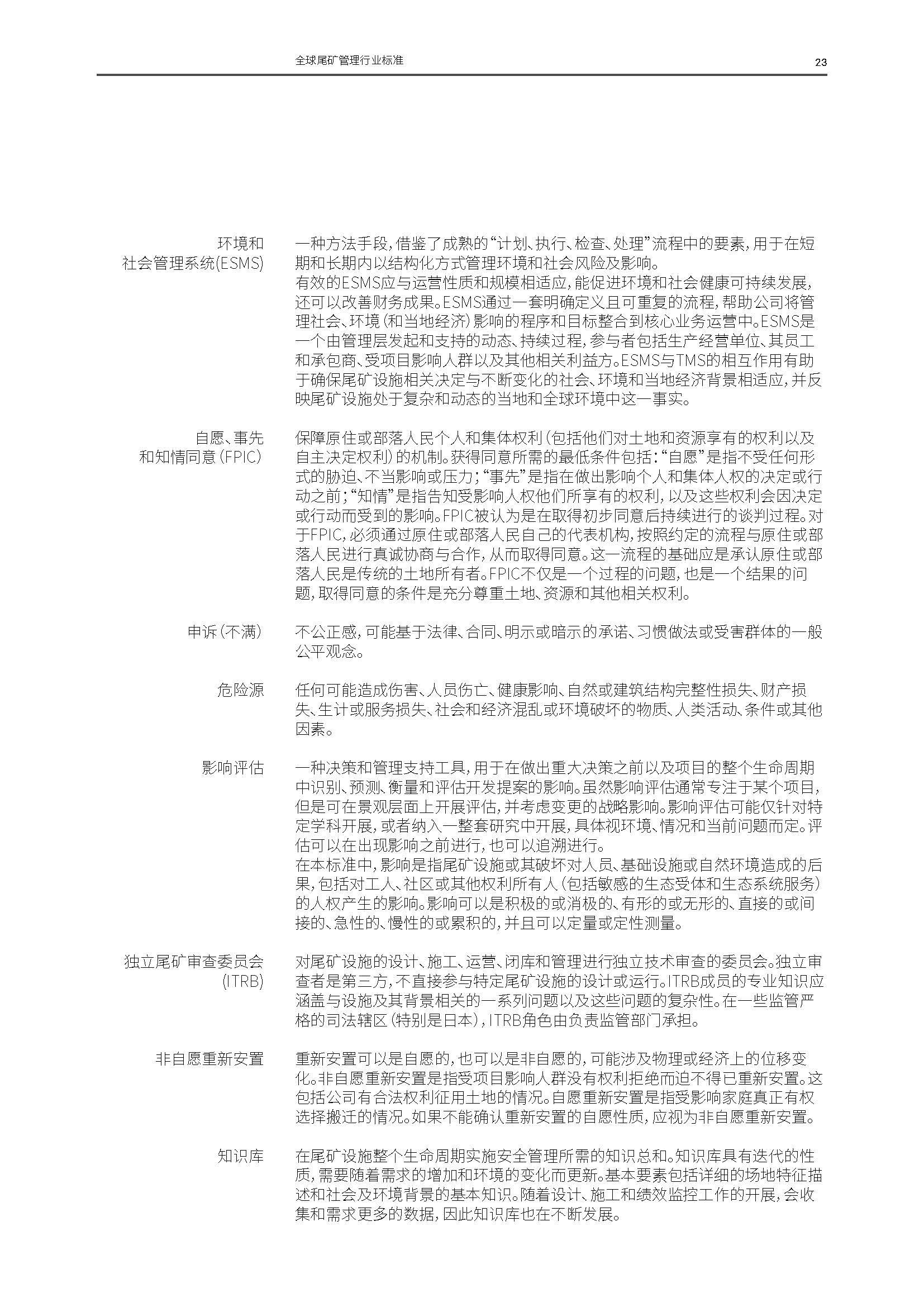


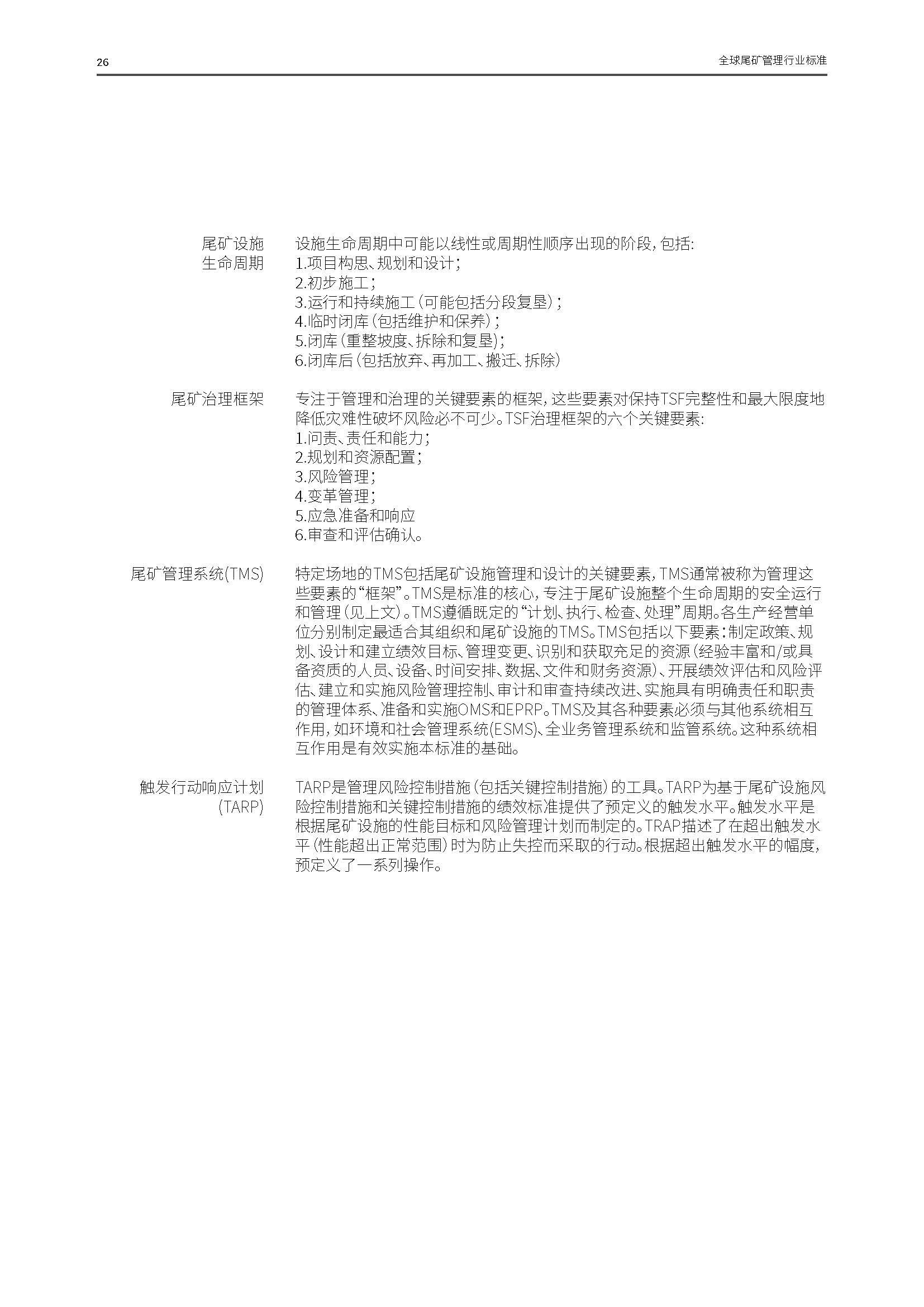


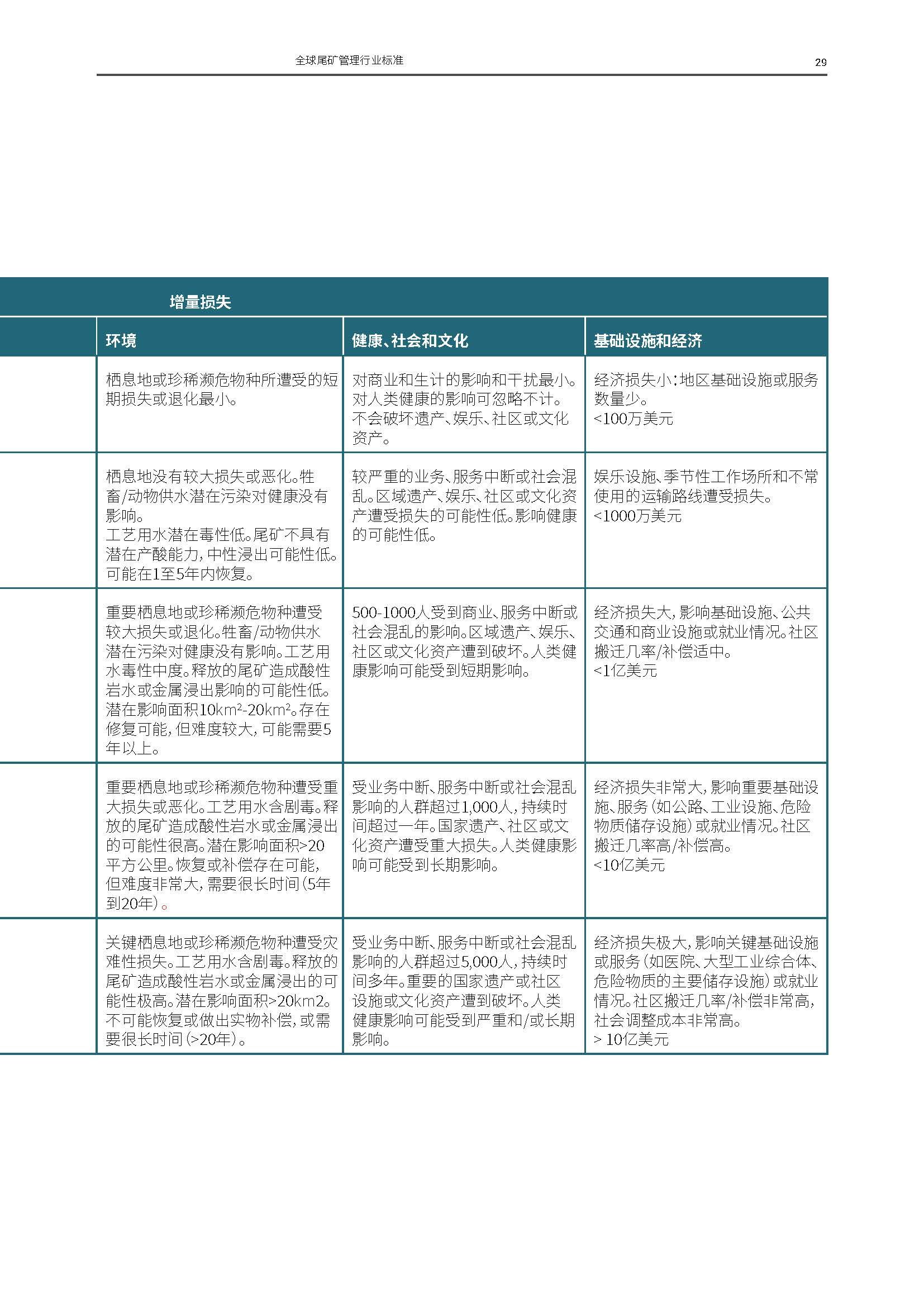
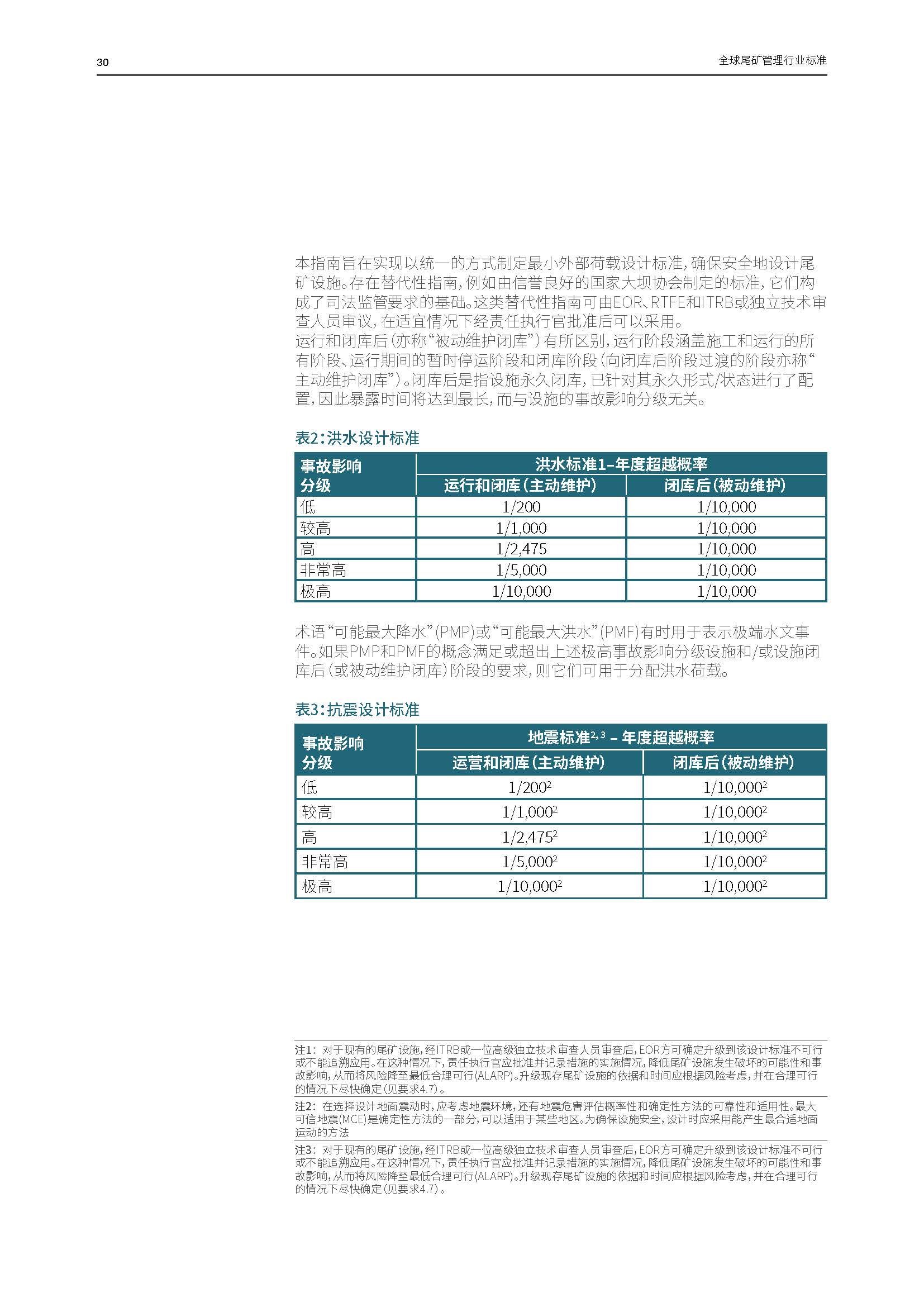
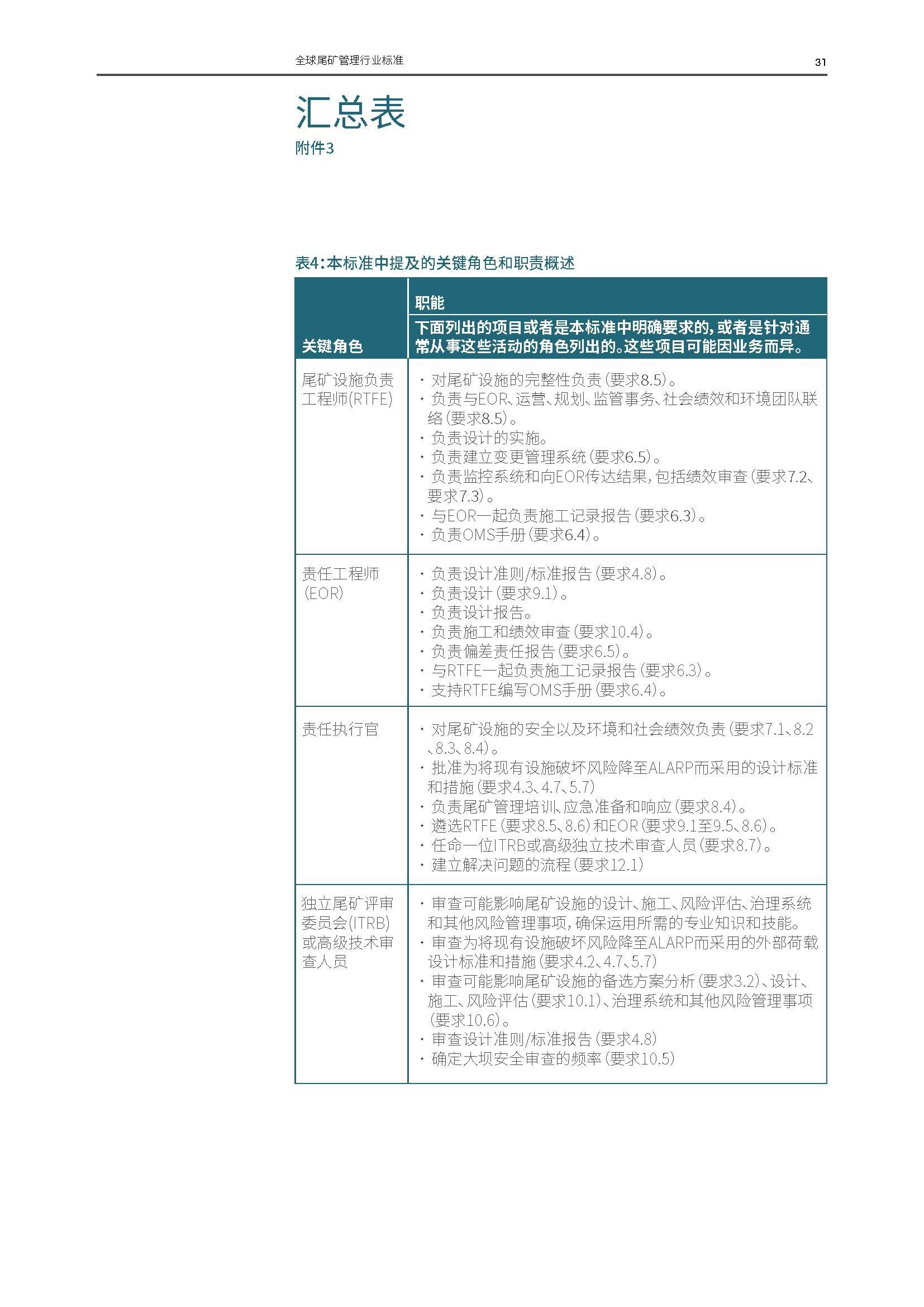
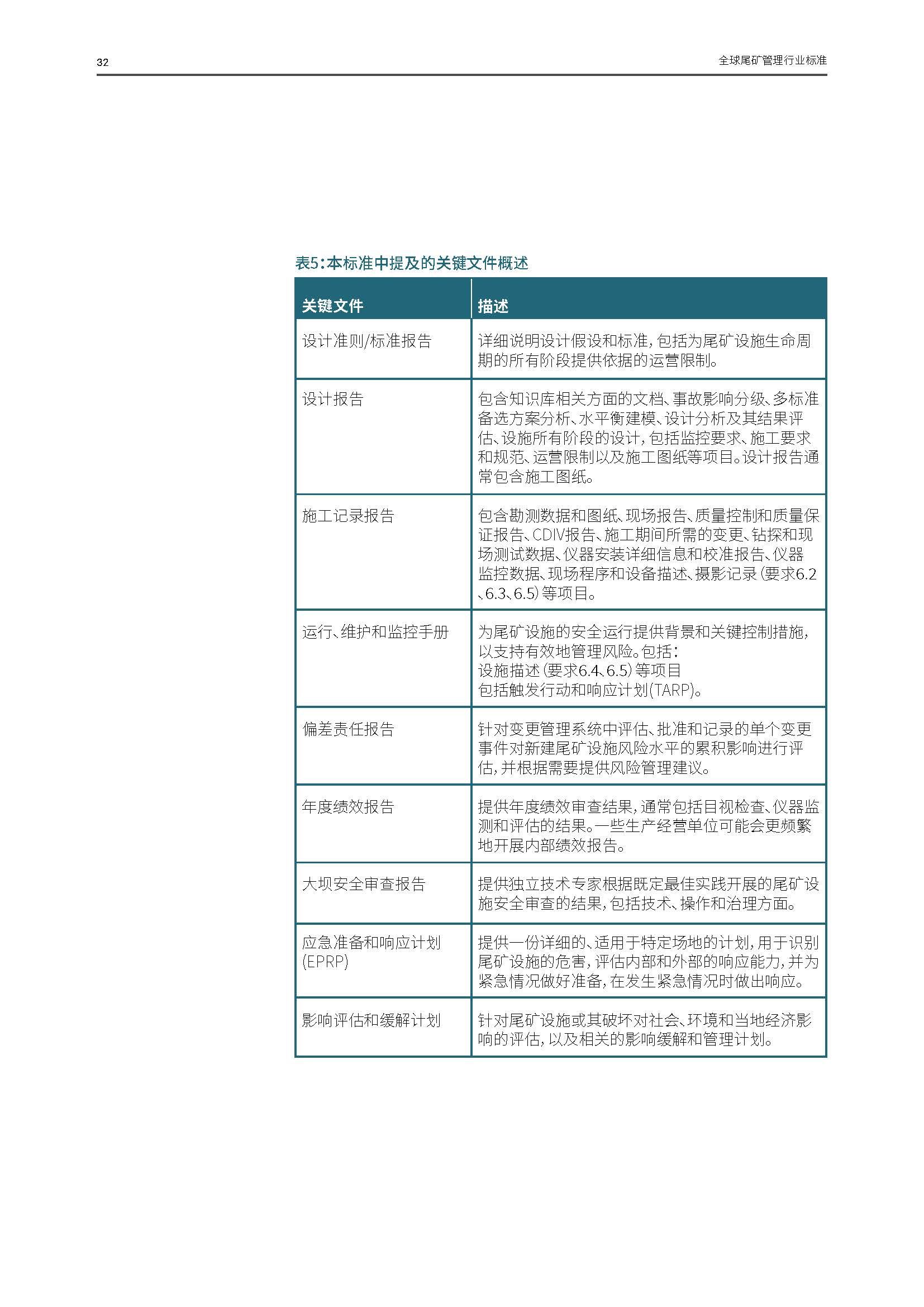

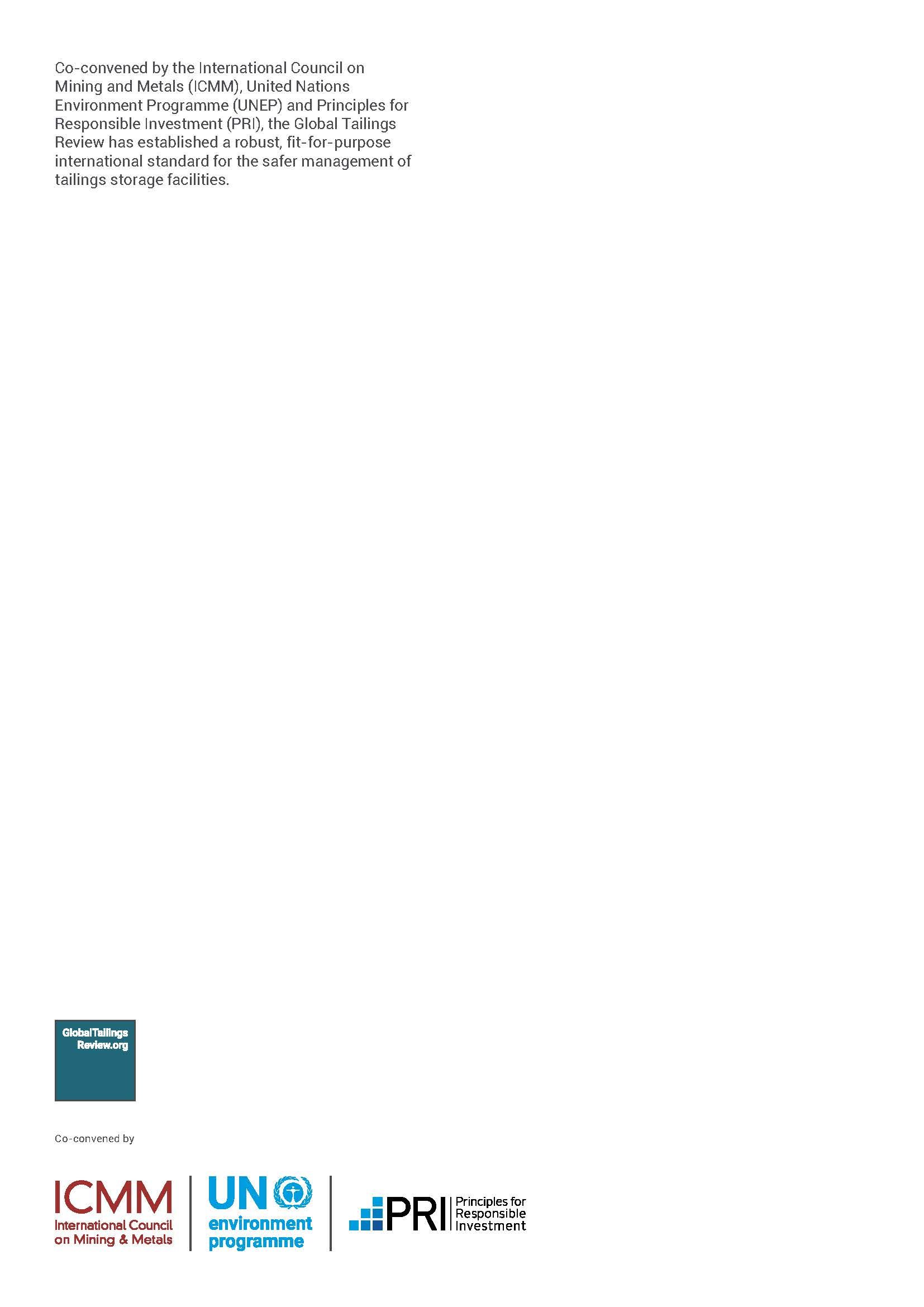
Other Content


